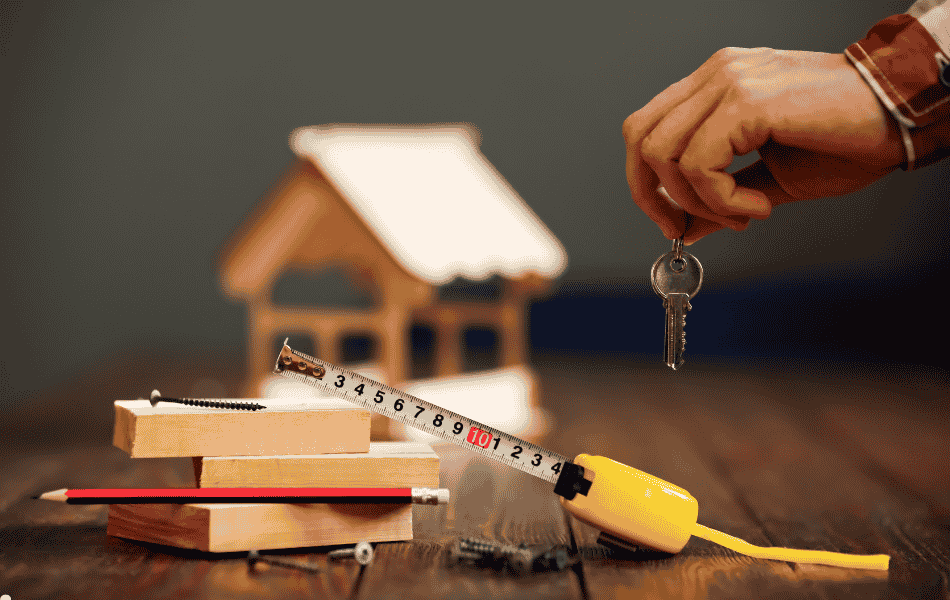Depreciation is one of the most powerful tax tools available to property investors, yet it’s often overlooked. In simple terms, depreciation allows you to claim deductions for the gradual wear and tear of your investment property.
While the property itself may rise in value, the building and its fixtures lose value over time, and the Australian Taxation Office (ATO) recognises this through depreciation rules. For investors, that means significant tax savings and improved cash flow year after year.
What Can Be Claimed?
In Australia, property depreciation generally falls into one of two categories. Together, these two forms of depreciation can translate into thousands of dollars in deductions each year, especially with newer homes where the full effective life of the building and inclusions can be claimed.
Capital Works Deductions (Division 43)
These relate to the structural elements of the building, such as walls, roofs, doors, flooring, and major improvements. For properties built after 1987, you can typically claim 2.5% of the construction cost per year, over a 40-year period.
Plant and Equipment Deductions (Division 40)
This covers the removable items inside the property, including appliances, carpets, blinds, hot water systems, and more. Each has its own effective life, set by the ATO, which determines how long it can be depreciated.
Depreciation Methods
The ATO allows investors to calculate depreciation using two main methods:
- Prime cost (straight line): Spreads deductions evenly over the useful life of the asset, providing consistency year after year.
- Diminishing value: Accelerates deductions, giving you larger tax savings in the earlier years, with smaller amounts as the asset ages.
The right method depends on your financial strategy, but both aim to maximise your ability to claim legitimate expenses against your rental income.
The Importance of Depreciation
Claiming depreciation correctly means you’re not leaving money on the table. For many investors, it can mean the difference between a property being negatively geared and positively cash-flowing. It also:
- Improves annual cash flow by reducing taxable income
- Offsets maintenance and management costs
- Makes new builds particularly attractive, given their higher depreciation potential
However, it’s important to remember that depreciation affects your cost base when you sell. The ATO applies depreciation recapture rules, which means any deductions you’ve claimed will be factored into your capital gains calculation. This doesn’t negate the benefits, but it highlights why professional guidance is crucial.
How to Get a Depreciation Schedule
To maximise your deductions, most investors engage a quantity surveyor to prepare a depreciation schedule. This document sets out exactly what can be claimed, year by year, and is accepted by the ATO as evidence for your tax return. Even if your property isn’t brand new, a surveyor may still find claimable items or capital works, particularly if renovations or upgrades have been done.
At Better Way 2 Build, we see depreciation as an important piece of your investment puzzle. When we guide clients through new build or turnkey property opportunities, we factor in the long-term tax benefits as part of the strategy. If you’re considering an investment property in WA, our team can connect you with trusted builders and professional partners to make sure your project is positioned to deliver ongoing tax benefits. Contact us today!




